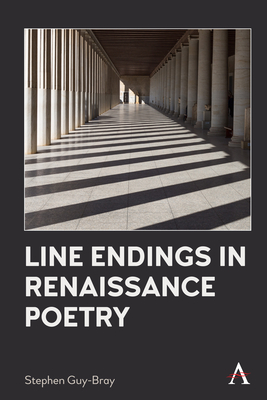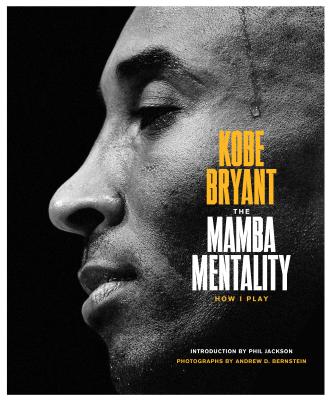This book looks at how Renaissance poets ended their poetic lines. It considers a range of strategies and argues that line endings are crucial to our understanding of the poems.
This book looks at how Renaissance poets ended their poetic lines. It considers a range of strategies and argues that line endings are crucial to our understanding of the poems. It begins with an introduction summarizing the work that has already been done in this area and demonstrating the authors own method. The main part of the book is divided into three chapters: one on rhyme; one on enjambment; and one on the sestina. These are the most significant kinds of line endings used by English Renaissance poets. The book ends with a brief afterword, wherein the authors findings and some new areas for research are sketched out.
This book looks at how Renaissance poets ended their poetic lines. It considers a range of strategies and argues that line endings are crucial to our understanding of the poems. It begins with an introduction summarizing the work that has already been done in this area and demonstrating the authors own method. While many of the devices the book highlights have been discussed before and while there has been some scholarship on the poetic line as a unit, how lines end has not received much critical attention, and particularly not in the critical work on Renaissance poetry.
The main part of the book is divided into three chapters: one on rhyme; one on enjambment; and one on the sestina. Rhyme is perhaps the most obvious kind of line ending; it was a contentious subject in the English Renaissance. Scholars then debated whether rhyme was necessary or even advisable. Enjambment, in which the end of a line occurs part of the way through a phrase, was especially common in dramatic poetry. In lyric poetry as well, however, it was an important tool for poets. The sestina is a complex form in which matters are the (usually unrhymed) end words, which vary according to a set scheme. There are other technically demanding forms in the Renaissance that focus on end words, but the sestina is the most extreme.
These are the most significant kinds of line endings used by English Renaissance poets. Each chapter provides one or two main poetic examples, but the book considers a range of poems from the period. The book ends with a brief afterword, wherein the authors findings are summarized.
Get Line Endings in Renaissance Poetry by at the best price and quality guranteed only at Werezi Africa largest book ecommerce store. The book was published by Anthem Press and it has pages. Enjoy Shopping Best Offers & Deals on books Online from Werezi - Receive at your doorstep - Fast Delivery - Secure mode of Payment
 Jacket, Women
Jacket, Women
 Woolend Jacket
Woolend Jacket
 Western denim
Western denim
 Mini Dresss
Mini Dresss
 Jacket, Women
Jacket, Women
 Woolend Jacket
Woolend Jacket
 Western denim
Western denim
 Mini Dresss
Mini Dresss
 Jacket, Women
Jacket, Women
 Woolend Jacket
Woolend Jacket
 Western denim
Western denim
 Mini Dresss
Mini Dresss
 Jacket, Women
Jacket, Women
 Woolend Jacket
Woolend Jacket
 Western denim
Western denim
 Mini Dresss
Mini Dresss
 Jacket, Women
Jacket, Women
 Woolend Jacket
Woolend Jacket
 Western denim
Western denim
 Mini Dresss
Mini Dresss




